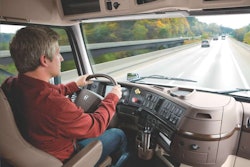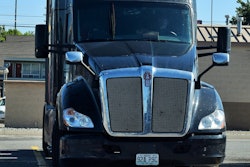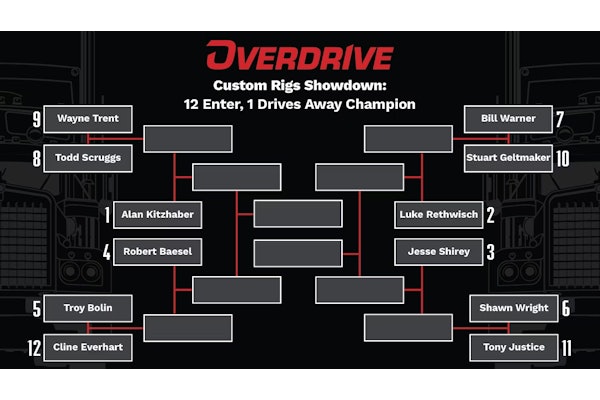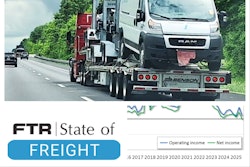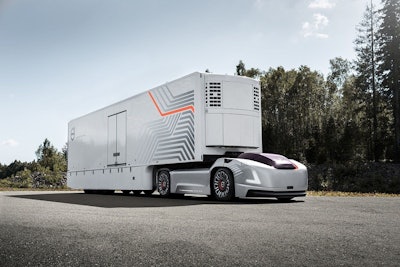
Volvo Trucks is developing a concept tractor-trailer for repetitive hauls between fixed hubs – a platform that consists of an autonomous, connected electric vehicles and a transport control center.
The vehicles are used as tractor units and are compatible with existing trailers. The propulsion is entirely electric with zero exhaust emissions and low noise levels. The driveline and battery pack are of the same type that are used in Volvo Trucks’ electric trucks.
“The full potential of the transport industry is yet to be seen. Everything suggests that the global need for transportation will continue to significantly increase in the coming decade,” says Claes Nilsson, President Volvo Trucks. “If we are to meet this demand in a sustainable and efficient way, we must find new solutions. In order to secure a smoothly functioning goods flow system we also need to exploit existing infrastructure better than currently. The transport system we are developing can be an important complement to today’s solutions and can help meet many of the challenges faced by society, transport companies and transport buyers.”
The concept vehicle is intended to be used for regular and repetitive tasks characterized by relatively short distances, large volumes of goods and high delivery precision. Transports between logistic hubs are typical examples, but additional use cases can also be applicable.

Nilsson says the system can be seen as an extension of the logistics systems that many industries already apply today.
“Since we use autonomous vehicles with no exhaust emissions and low noise, their operation can take place at any time of day or night,” adds Mikael Karlsson, Vice President of Autonomous Solutions. “The solution utilizes existing road infrastructure and load carriers, making it easier to recoup costs and allowing for integration with existing operations.”
The operation is handled by autonomous electric vehicles linked to a cloud service and a transport control center. The vehicles are equipped with systems for autonomous driving. They are designed to locate their current position to within centimeters, monitor in detail and analyze what is happening with other road users, and then respond.
The transport control center continuously monitors the progress of the transport and keeps an accurate watch of each vehicle’s position, the batteries’ charge, load content, service requirements and a number of other parameters.



